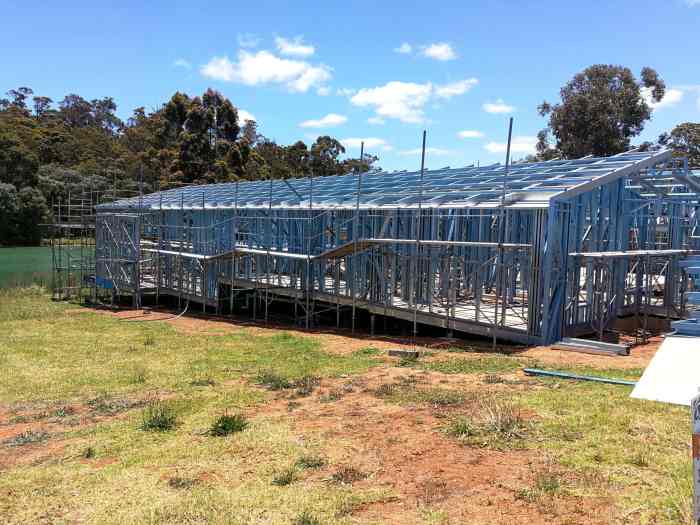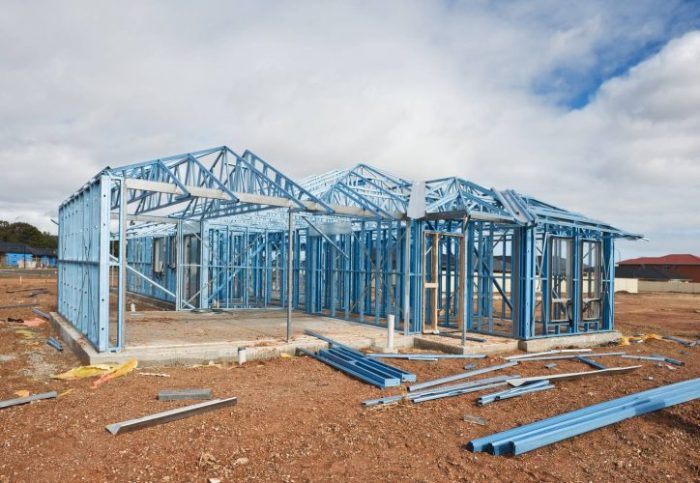Steel framing members should always be stored properly to maintain their structural integrity and prevent damage. Improper storage can lead to corrosion, warping, and cracking, compromising the safety and performance of the structure.
This comprehensive guide explores the importance of proper storage methods, the consequences of improper storage, and best practices for ensuring the longevity of steel framing members.
Storage Methods for Steel Framing Members

Proper storage of steel framing members is crucial to maintain their integrity and prevent damage. Various storage methods exist, each with its own advantages and considerations:
Indoor Storage, Steel framing members should always be stored
Indoor storage provides the best protection against environmental factors such as rain, snow, and sunlight. It is recommended for long-term storage or when members will be exposed to harsh conditions. Temperature and humidity should be controlled to prevent condensation and corrosion.
Outdoor Storage
Outdoor storage is less ideal but may be necessary for short-term storage or when indoor space is limited. Members should be covered with tarps or plastic sheeting to protect them from moisture and UV radiation. Ensure proper drainage to prevent water accumulation.
Vertical vs. Horizontal Storage
Vertical storage is preferred for long members to prevent sagging and deformation. Horizontal storage is suitable for shorter members or when space is limited. Regardless of orientation, members should be supported adequately to prevent bending or damage.
Consequences of Improper Storage: Steel Framing Members Should Always Be Stored

Improper storage can have severe consequences for steel framing members:
Corrosion
Moisture and humidity can cause corrosion, weakening the steel and reducing its structural integrity. Corrosion can occur rapidly in the presence of salt or other corrosive agents.
Damage
Exposure to extreme temperatures, moisture, or physical impact can damage members, leading to cracks, warping, or buckling. Damaged members may require costly repairs or replacement.
Reduced Structural Integrity
Improper storage can compromise the structural integrity of members, reducing their load-bearing capacity and potentially affecting the safety of structures built with them.
Best Practices for Storage

To ensure proper storage of steel framing members, follow these best practices:
Proper Handling
Handle members carefully using gloves and appropriate lifting equipment to prevent damage or injury.
Protective Materials
Use tarps, plastic sheeting, or other protective materials to cover members and protect them from moisture, dirt, and UV radiation.
Regular Inspections and Maintenance
Regularly inspect stored members for signs of damage, corrosion, or moisture. Clean and maintain protective materials as needed.
Question & Answer Hub
What are the consequences of improper storage of steel framing members?
Improper storage can lead to corrosion, warping, cracking, and reduced structural integrity, potentially compromising the safety and performance of the structure.
What are the best practices for storing steel framing members?
Best practices include proper handling techniques, use of protective materials, regular inspections, and maintenance to ensure proper storage conditions.